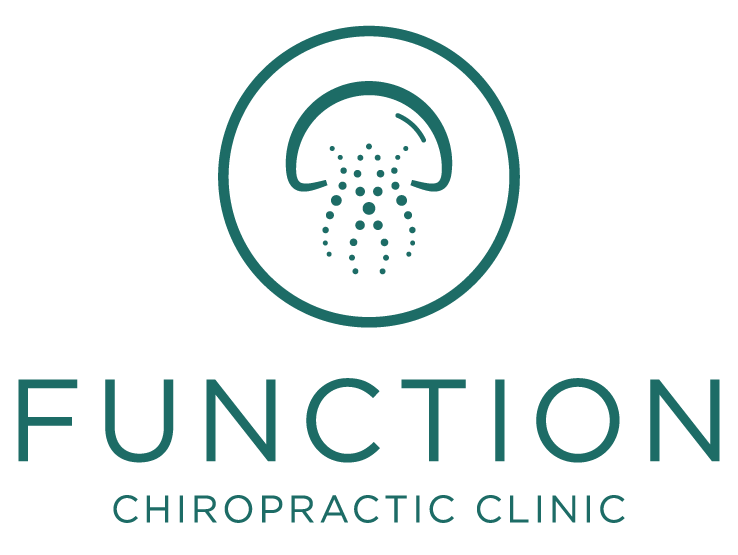What is Sports Therapy?
What techniques are available?
17/04/2023 by Sami Ikhlaq Bsc
(Approx 1-2 minute read)
In short:
Sports Therapy addresses injured tendons, pulled muscles, muscle weakness or dysfunction and general tension.
What is Sports Therapy?
Sports Therapy is all about the prevention, treatment and rehabilitation of injuries and other dysfunctions aiding clients to attain or return to their individual optimum levels of health and fitness, which in turn has considerable influence on their wellbeing.
Sports Therapists are professionally trained to deliver the following:
1. Provide a thorough assessment of injuries and dysfunctions
2. Provide treatments such as sports massage, Instrument Assisted Soft Tissue Massage, (IASTM) and cupping to alleviate pain and other symptoms
3. Guide clients through strength and conditioning rehabilitation for long term relief
The sessions aim to improve symptoms, return full range of motion and strengthen the individual to prevent complications in the future. Sports Therapy sessions are safe and effective meaning anyone and everyone, regardless of age, activity and ability, can benefit from them!
What training do you need to be a Sports Therapist?
A Sports Therapist qualifies after a comprehensive three-year university degree covering a range of topics including massage, injury mechanics, treatments, anatomy and injury rehabilitation to return to sport. In addition, Sports Therapists have to complete hundreds of hours of hands-on experience at relevant placements such as sports clubs and clinics, to ensure these skills are both practically and academically assessed.
Acquiring the degree allows registration with the “Society of Sports Therapists” which is the lead organisation for Sports Therapists in the UK. To provide any service, all therapists are also required to be fully insured.
What treatments does a Sports Therapist offer?
A Sports Therapist works individually with clients to determine which treatments are best suited to achieving a client’s goals. The therapist will take a whole-body approach, to understand how and why the injury has occurred, this ensures subsequent treatments are specific and effective for that individual.
Through the following techniques the therapist is able to manipulate muscles, tendons and ligaments to support the body’s’ natural healing abilities and improve function of the associated structures:
Sports Massage including Muscle Energy Techniques, Soft Tissue Release and Friction Massage.
Strength and Conditioning Stretches
At Function Chirorpactic, our experienced Sports Therapist also offers:
IASTM (tool assisted muscle release)
Cupping
Exercises and Rehabilitation Programs.
These additional services give us a greater range of effective treatment options to implement during the treatment process, allowing for quicker recovery and improved symptoms.
To optimise progress, your care at our clinic will also encompass strength and conditioning stretches, exercises and rehabilitation programmes. These will be demonstrated by the therapist, with weekly progressions to stimulate growth and improve strength of a specific muscle or whole body. The holistic approach to Sports Therapy can quickly and effectively improve your health and wellbeing while providing long term relief from symptoms.
Which common conditions does a Sports Therapist treat?
Sports Therapists encounter a variety of conditions and work with a range of different clients with different goals. The ultimate aim for any Sports Therapist is to enable clients to to move freely without pain or discomfort and ensure that their condition does not present them with insurmountable obstacles in their lives.
Sports Therapy treats a range of acute and chronic conditions, such as:
Tendinopathy/Tendinitis
Pain from arthritis
Muscle strains
Sports injury
Bursitis
Rehabilitation from a disc injury
Approaches to treatment will vary taking into account factors such as individual goals and circumstances, stage of healing, site of injury, symptoms and the structures involved.
What is the difference between a Sports Therapist and Sports Massage Therapist ?
Sports Therapists and Sports Massage Therapists both have knowledge of anatomy and can provide sports massage, however the level of knowledge of injury and clinical concerns is quite different. Attaining a Sports Therapy qualification requires three years of university experience and hundreds of hours of work-related placements, whereas becoming a Sports Massage Therapist necessitates the completion of 12 week courses. As a result, a Sports Therapist possesses more experience and applied knowledge. A Sports Therapist will assess, treat and rehabilitate many sporting injuries and dysfunctions, often seeing clients through from initial injury to their return to optimal health and can facilitate a speedy recovery for their clients, providing person-centred holistic guidance.
What is the difference between a Sports Therapist and Physiotherapist?
A Physiotherapist and Sports Therapist are both able to treat musculoskeletal injuries and dysfunctions through hands on treatments and exercise prescriptions. Physiotherapists treat a broader range of conditions such as neurological, Neuromusculoskeletal, cardiovascular and respiratory complaints. A Sports Therapist will commonly have a sporting background with expertise in sporting injuries and rehabilitation guidance to get people back into competitive sports. Both can aid clients in optimising their health and wellbeing.
Interested in booking your appointment with a sports therapist?
Click here to view available appointments and book your first sports therapy session!
Remember:
Sports therapy offer a range of techniques



